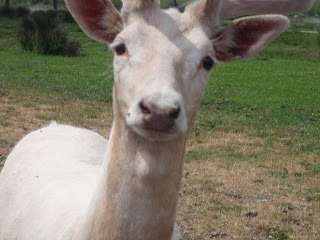In 1846 construction on Fort Jefferson began. It was meant to protect the United States during the civil war and also to deter pirates. Hundreds of ships became stranded because they couldn't tell how shallow the water was due to the reefs. The fort was later used as a prison and most famously imprisoned Dr. Mudd, the doctor that set John Wilkes Booth's leg after he shot President Lincoln. During a yellow fever outbreak Dr. Mudd helped many prisoners and guards and was eventually pardoned by President Andrew Johnson. Dr. Mudd didn't go far, he lived out the rest of his life in Key West.
In 1935 President Franklin D. Roosevelt designated the fort as Fort Jefferson National Monument. In 1992 the fort and all the Tortugas islands were renamed Dry Tortugas National Park and added to the registry. Anyone can camp at the first come first serve campground for $3 per person and a $5 park pass. There is no fresh or running water on the island so you must bring your own and you must carry out all of your waste.
Fort Jefferson remains as the Western Hemisphere's largest masonry structure and is comprised of over 16 million bricks. Some of these bricks came from as far as Maine. The history behind the fort and the islands is almost never ending!
Here are some of my favorite photographs:
The highlights are definitely the architecture and the Caribbean blue waters!


















































